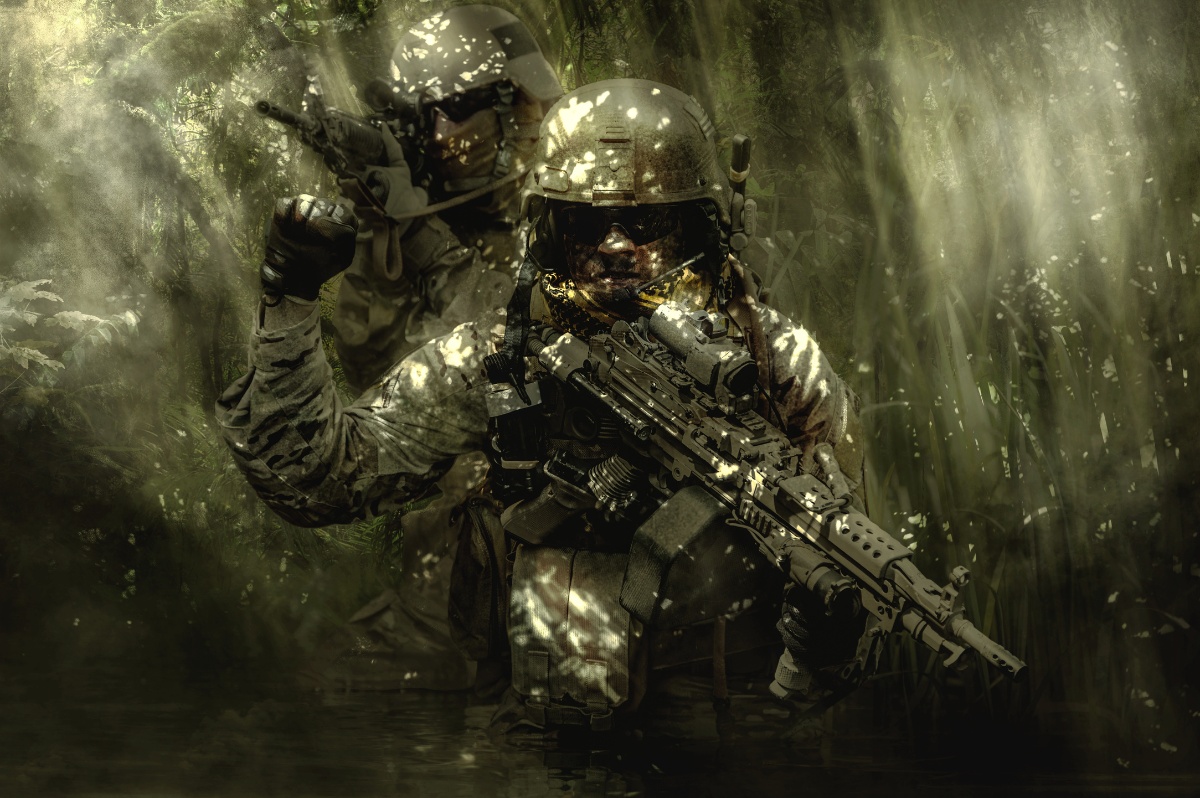
 0
0 
Hello there, readers. As a retired Navy SEAL turned content writer, I’ve been asked to shed light on how a Navy SEAL might set up their AR-15 for combat. The AR-15 is a versatile and powerful platform that can be customized extensively to suit a variety of combat scenarios. Today, we’ll delve into the key areas that can elevate the performance of this rifle, including optics, attachments, caliber, grip, and more.
In a combat scenario, the ability to accurately engage targets at various distances is crucial. For most combat situations, engagements occur within 300 meters. Therefore, a simple 4-power scope can be very effective. Brands like Trijicon offer durable and reliable scopes suitable for an AR-15 setup.
Attachments can greatly enhance the functionality of your AR-15. For instance, weapon-mounted lights can provide a significant advantage in low-light situations. Mounting a tape switch that lies flat against the rifle ensures easy activation when needed.
While the standard AR-15 is chambered in .223 Remington/5.56 NATO, other calibers like the .300 Blackout can also be used depending on the mission requirements. The .300 Blackout offers excellent performance at shorter ranges and can be a potent choice for close-quarters combat.
An ergonomic pistol grip can improve control and faster trigger acquisition. Upgrading to a grip that fits your hand size and shooting style can contribute to better accuracy and comfort during prolonged use.
Red dot sights and magnified scopes offer improved accuracy over standard iron sights. Optics with multiple reticles allow you to quickly adjust for varying distances, ensuring the best possible chance of hitting a target. Additionally, night vision compatible optics are available for use in total darkness.
Adding a foregrip or bipod improves stability, allowing for more accurate shooting. Foregrips and bipods can also make it easier to carry a rifle for longer periods of time.
Using a muzzle device like a flash hider can reduce the bright muzzle flash produced by some guns, making them tougher to spot in low light conditions. It can also help to reduce felt recoil and muzzle rise.
The ideal firing solution in a combat scenario is influenced by several factors, such as long-range accuracy, fast reaction times, and tactical adaptability. Long-range accuracy is essential for engaging distant targets or providing covering fire. Fast reaction times can be the difference between life and death in close-quarter engagements. Tactical adaptability refers to the ability to adjust your tactics based on the evolving situation on the battlefield.
In terms of the AR-15 setup, these traits influence several elements. For instance, a shorter barrel can improve maneuverability in tight spaces, while a good quality muzzle device can help manage recoil and improve follow-up shot accuracy.
Setting up an AR-15 for combat involves careful consideration of various factors. While the ideal setup can vary based on personal preference and mission requirements, the principles remain the same: reliability, versatility, and effectiveness. By focusing on key areas like optics, attachments, caliber, and grip, you can optimize your AR-15 to meet the demanding standards of combat as demonstrated by Navy SEALs.
Remember, practice and training with your setup are equally important. So, once you get your rifle setup, spend time at the range to familiarize yourself with its performance.

 0
0